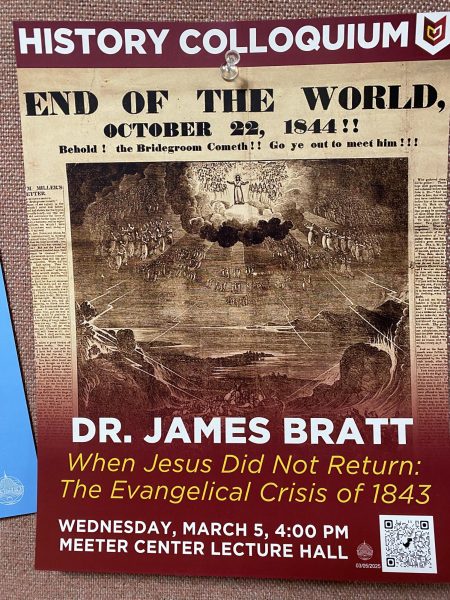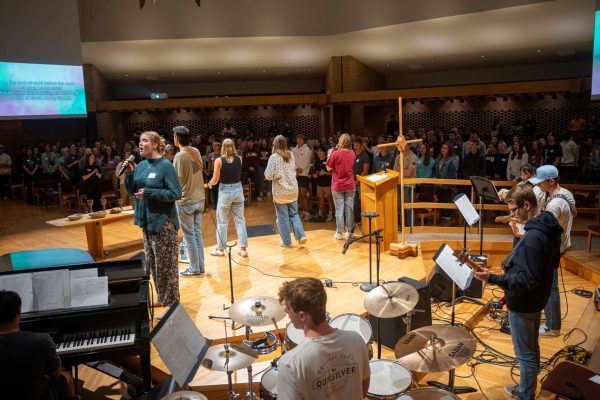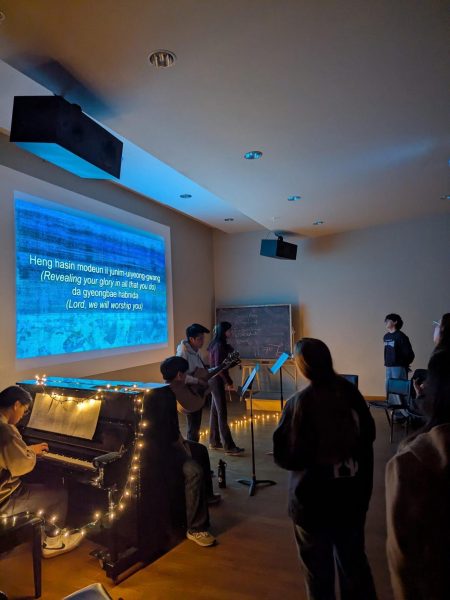Debating religion in public schools
Although officially associated with the Christian Reformed Church, Calvin College strives to develop awareness and understanding of religious diversity in many ways, but especially in religion courses about religious pluralism or world religions. For some Calvin students, these classes may be their first exposure to being taught about religions other than their own.
According to Linda Wertheimer, an education and religion journalist, most public high schools do not provide their students with enough opportunities to learn about religious diversity. Wertheimer recently visited public schools throughout the United States to research firsthand the way religion is taught.
Many Americans are unaware that teaching about religion in public schools is legal. According to a 2010 Pew Research survey, 89 percent of Americans know that a public school teacher cannot pray in class, while only 36 percent know that public school teachers are able to teach about religions. Moreover, only 23 percent of those surveyed knew that the Bible could be read as literature in a public school setting.
Wertheimer experienced religion in a public school setting at a young age. In an interview with PBS she said, “When I was nine, my family moved from western New York State to a small town in Ohio, and that very first week of school, this woman came in and she started preaching to us about Jesus.”
After being taught to sing “Jesus Loves Me,” Wertheimer’s parents asked her to be excused from the class. Because of this, Wertheimer was later ridiculed by her peers for being Jewish. This experience led Wertheimer to consider the role of religion in public schools from an early age.
Today, teaching religion is a challenge in public schools because teachers and administrators are unsure of where to draw the line. “It is legal for students to have clubs, but where it can get sort of touchy is if a teacher is the advisor for a religiously Christian club and actively participates and helps lead prayers or things like that.”
Another challenge is that many teachers are hesitant to teach about religions if they have no experience with religions other than their own. In particular, teachers express nervousness regarding Islam; they claim their personal religion would prevent them from being able to teach about Islam in an unbiased manner.
Often, teaching about Islam causes the most controversy among parents, teachers and administrators. Wertheimer said, “I think there’s a very clear connection to Islamophobia in our society, and from what I can glean from my research, these kinds of things really didn’t happen until after 9/11 in terms of parents or the general public objecting to lessons on Islam.”
Wertheimer says that despite the controversy, many teachers are doing their best to teach about world religions to work against ignorance and bigotry. One example of a successful world religions curriculum is the Core Knowledge curriculum. Wertheimer said “the kids in the first grade learn about Judaism, Christianity and Islam and it’s taught through stories and activities, but it’s not about celebrating these religious holidays. They learn the story of how these religions are created.”
The only school system in the country that requires students to take a world religions class before high school graduation is Modesto, California. First amendment experts and religion scholars meet with teachers of the class, and teachers also visit a variety of houses of worship to gain exposure and experience.
“Students in Modesto would tell me if they were Sikh or Muslim or Hindu that this course made them feel a little more accepted among their peers and a little prouder of who they were. At the same time they and some of their Christian peers talked about how the course taught them to stand up for the rights of the smallest minorities.”
Wertheimer believes that teaching students about a variety of religions in public schools is a crucial step toward working for a nation that celebrates tolerance and diversity. For more information, see Wertheimer’s book “Faith Ed: Teaching about religion in an age of intolerance.”





